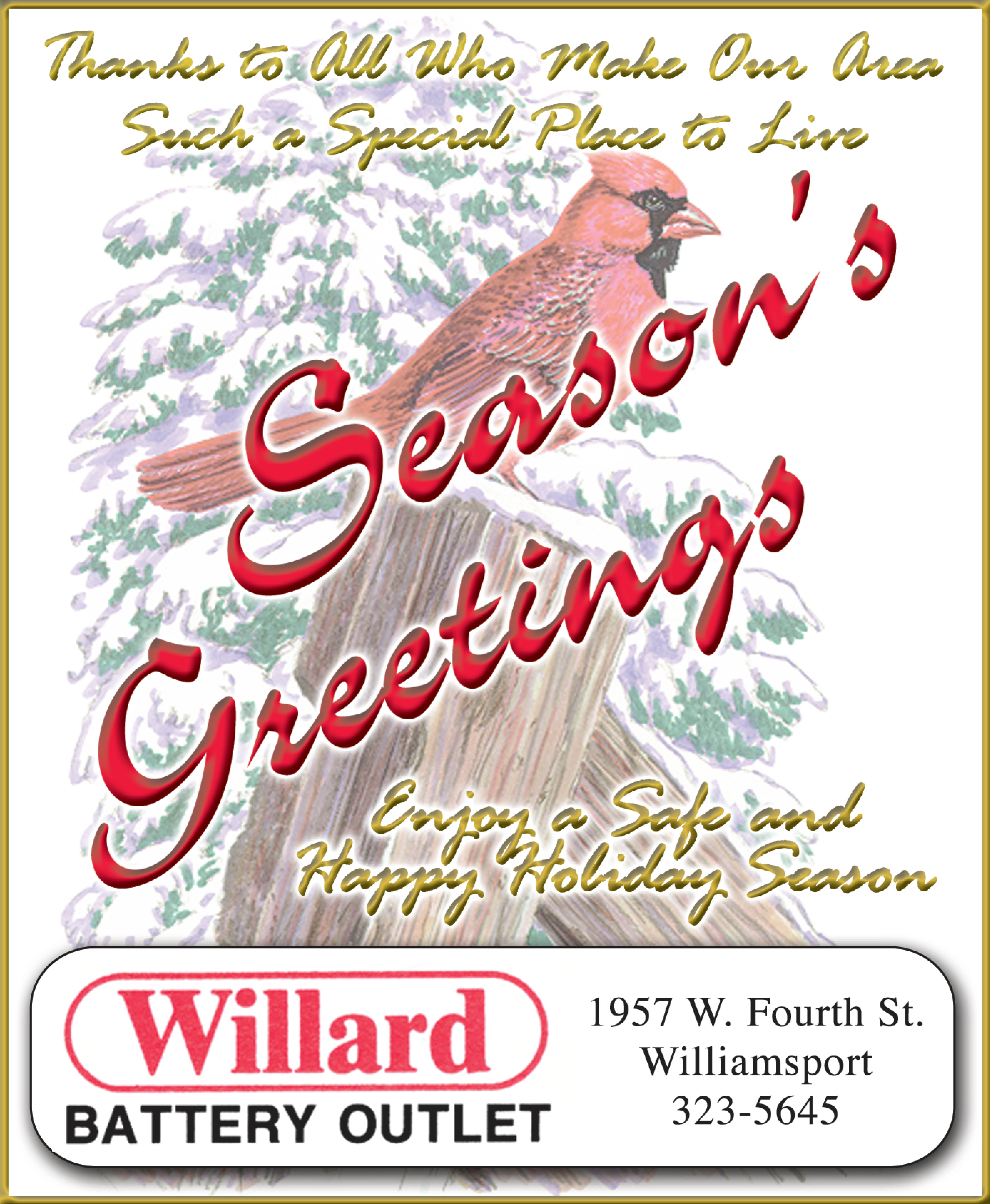I suspect when we think about getting ready for the upcoming trout season, our thoughts turn first to rods, reels, line, and a selection of lures or flies. Those are things that should be addressed, but I think we sometimes overlook some other basic but vital equipment, such as boots or waders. Whether you use hip boots or chest waders depends, of course, on the size of the streams you intend to fish. Hip boots are fine for most small-stream fishing, but if you intend to fish larger streams like Pine Creek or Lycoming Creek, you’re better off with a pair of chest-high waders.
Most small stream fishing seldom requires the person fishing to wade very deep, and in fact, I try to avoid too much disturbance in what is often very clear water. I try to avoid spooking the trout as much as possible, and I find a pair of hip boots is generally sufficient on most small trout waters since getting in knee-deep is about all that’s required. Felt bottoms help prevent slipping and cut down on wading noise.
When it comes to fishing our larger streams, I can just about guarantee you that a pair of hip boots won’t get the job done, especially in the early season when the streams are still running higher. Sure, you can get to some trout just by fishing at the edge of the creek, but you can get into a whole lot more fishing action if you can reach that opposite bank or that deep pool way out in the middle of the stream. When it comes to chest waders, there are several things to keep in mind. I use Chota waders, a lightweight, breathable wader made of polyester and nylon. Although not as thick and heavy as other waders, I find they are still very comfortable even in the colder water as long as I wear some insulated clothing underneath. Something else that’s very important when you purchase a pair of chest waders is that the waders are equipped with a waist belt. Make sure you attach the belt each time you head out into the creek since that belt will help prevent water from coming into the waders should you slip and fall.
I prefer waders without the boot built-in; the material around the foot is soft and flexible, so I can pull a pair of wading shoes over the top. The wading shoes must be a bit larger to fit over the top, so you should have your chest-high waders on when trying on boots to fit over them. I use a very durable Orvis boot that doesn’t use shoe strings to tie down but rather a round device on the front that, when twisted, tightens the strings on the boot.
While boots and waders will certainly help put you on more fish, some other often-overlooked items may also help. I have found that a pair of polarized glasses has helped me put a bend in my rod a lot more often since I can often see fish that I may have passed up otherwise. Once I’ve located a fish, I can then make a more accurate presentation that may result in a strike. I also prefer wearing a hat with a visor sticking out over my glasses to help reduce glare.
Once you have all of this gear in order, it’s time to move on to the other stuff mentioned earlier, like replacing old line, oiling gears on reels, tying more flies, and sharpening hooks on some of those lures.



